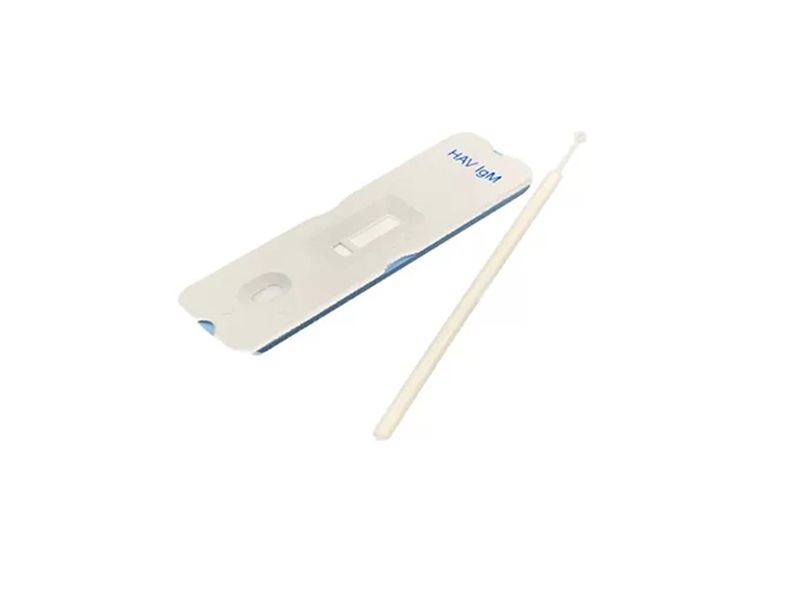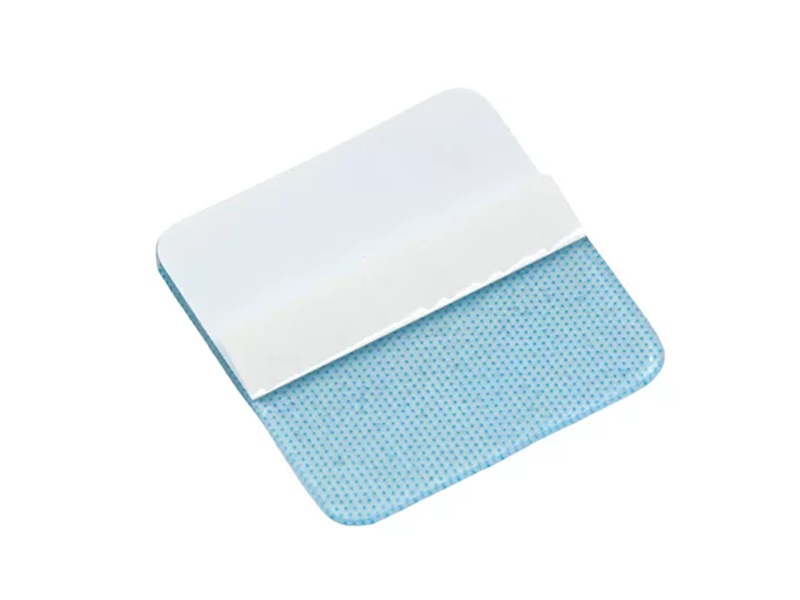Medical dressings play a crucial role in modern healthcare. They are not just simple coverings but promote wound healing, prevent infections, reduce pain, and improve patients' quality of life through various functions and technologies. In this article, we will explore the types, functions, application scenarios, and future development trends of medical dressings.

I. Types of Medical Dressings
There are many types of medical dressings, each with its specific uses and characteristics. Here are some common medical dressings:
Gauze Dressings
Ordinary gauze: Used for cleaning, covering, and protecting wounds, suitable for wounds with mild exudate.
Sterile gauze: Used for post-surgical or wounds requiring a sterile environment.
Transparent Film Dressings
Foam Dressings
Hydrogel Dressings
Alginate Dressings
Hydrocolloid Dressings
Antibacterial Dressings
Silver ion dressings: Contain silver ions with antibacterial properties, suitable for wounds with infections or high risk of infection.
Honey dressings: Utilize the natural antibacterial properties of honey, suitable for infected wounds.
Negative Pressure Wound Therapy Dressings
Silicone Dressings
Composite Dressings
II. Functions of Medical Dressings
Medical dressings are not just about covering wounds; they also have multiple functions:
1. Protect the wound: Prevent external contaminants from entering the wound, reducing infection risk.
2. Absorb exudate: Keep the wound dry, preventing the accumulation of exudate that may cause infections.
3. Maintain a moist environment: Promote cell regeneration and wound healing.
4. Antibacterial action: Prevent and treat infections by adding antibacterial ingredients.
5. Relieve pain: Reduce patient pain through soft materials and appropriate pressure.
III. Application Scenarios for Medical Dressings
Medical dressings are widely used in various clinical scenarios:
1. Emergency and trauma care: Used for emergency and trauma care, quickly stopping bleeding and protecting wounds.
2. Chronic wound care: Solutions for chronic wound care such as diabetic foot and pressure ulcers.
3. Post-surgical care: Protection and healing promotion for post-surgical wounds.
4. Burn care: Protection and healing for burn wounds.
5. Venous catheter fixation: Transparent film dressings used for fixing venous catheters to prevent infection.
IV. Future Development Trends
With technological advancements, the future development trends of medical dressings include:
1. Smart dressings: Capable of monitoring the wound environment such as temperature, humidity, and pH values, providing real-time data to help doctors make more accurate treatment decisions.
2. Drug-releasing dressings: Capable of continuously releasing medications like antibiotics or pain relievers directly to the wound site.
3. Bioactive dressings: Containing growth factors, collagen, etc., promoting tissue regeneration and wound healing.
4. Eco-friendly dressings: Using biodegradable materials to reduce environmental impact.
Medical dressings play an indispensable role in modern healthcare. Through continuous technological innovation and functional optimization, medical dressings can effectively promote wound healing and improve patients' quality of life. In the future, with the application of smart technologies and biological materials, medical dressings will have broader development prospects. JCMED is also willing to make more contributions and efforts to modern healthcare. Our medical dressings are diverse and meet various medical needs. Choosing JCMED as your long-term medical supplies provider would be our great honor.



